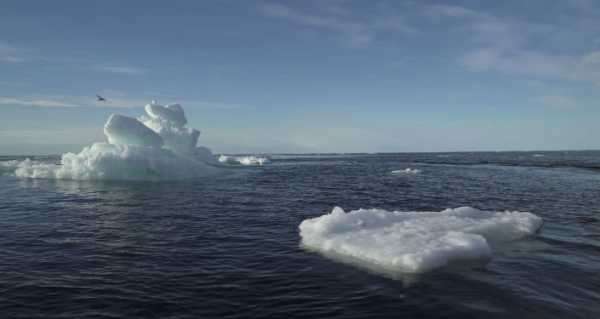
The research team reportedly suggests that greenhouse gases locked in the permafrost have been leaking out for centuries now, although human activity could still potentially exacerbate this process.
The vast expanse of the Arctic Ocean harbors a sizeable amount of organic matter and methane locked in permafrost whose melting may cause the release of greenhouse gases, Live Science reports.
According to the media outlet, all this carbon, “tied up in organic matter and methane”, resides in a frozen sediment covered by some 120 meters of seawater since the end of the Paleolithic Age thousands of years ago.
Now, a new study led by Sayedeh Sara Sayedi, a doctoral student in the department of plant and wildlife science at Brigham Young University in Salt Lake City, postulates that this subsea permafrost holds about 60 billion short tonnes (544 metric tonnes) of methane and 560 billion short tonnes (508 metric tonnes) of organic carbon.
While some researchers reportedly argue that these greenhouse gas reserves might be akin to a “ticking time bomb”, waiting to be suddenly released into the atmosphere and trigger some kind of calamity, Sayedi’s team suggest that these gases have been oozing, slowly and steadily, from the permafrost “for centuries”.
The research team also notes that, while they deem that “much of these greenhouse gas emissions began after the Last Glacial Maximum, when ice sheets were at their greatest extent”, human activity may still lead to an increase in these emissions “several hundreds or thousands of years from now”.
Sourse: sputniknews.com





